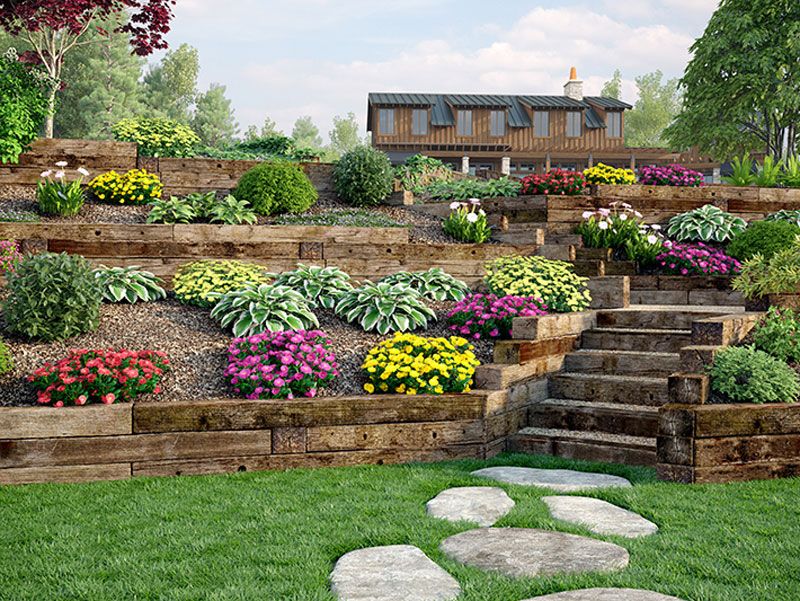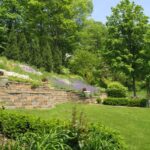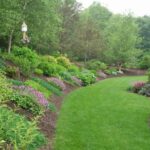Landscaping a hill can be a challenging but rewarding endeavor, as it allows you to transform a sloped area into a beautiful and functional space. With some careful planning and creativity, you can create a stunning landscape that enhances the natural beauty of the hill while also providing practical benefits. Here are some tips for landscaping a hill to help you achieve the desired results.
First and foremost, it is important to assess the slope and drainage of the hill before beginning any landscaping projects. Steep slopes can be difficult to work with and may require the use of retaining walls or terracing to create usable spaces. Proper drainage is also essential to prevent erosion and ensure that your landscaping efforts are sustainable in the long run.
One of the key considerations when landscaping a hill is to choose plants that are well-suited to the slope and soil conditions. Native plants are often a good choice, as they are adapted to the local climate and soil types. Groundcovers, such as creeping thyme or sedum, can help prevent erosion on steep slopes, while shrubs and trees can add structure and interest to the landscape.
Creating a focal point or center of interest on the hill can help tie the landscaping together and draw the eye upward. This could be a striking tree, a sculpture, a water feature, or a seating area with a view. By incorporating a focal point into your design, you can create a sense of unity and cohesion in the landscape.
Terracing is a common technique used in landscaping hills to create flat, usable areas for planting or seating. By building retaining walls or steps into the slope, you can create different levels that provide visual interest and make the hill more accessible. Terracing can also help control erosion and improve drainage on steep slopes.
Incorporating hardscaping elements, such as paths, stairs, or retaining walls, can help define the space and add structure to the landscape. Using materials such as stone, brick, or wood can complement the natural surroundings and create a cohesive look. Hardscaping elements can also help create a sense of flow and movement through the landscape, guiding visitors along a planned route.
Finally, consider the maintenance requirements of your landscaping design when planning for a hill. Be sure to choose plants that are easy to care for and that will not require frequent watering or pruning. Mulching can help retain moisture and prevent erosion, while regular maintenance tasks such as weeding and mowing should be factored into your landscaping plan. By carefully considering these factors and incorporating them into your design, you can create a beautiful and functional landscape on a hill that will be enjoyed for years to come.
















